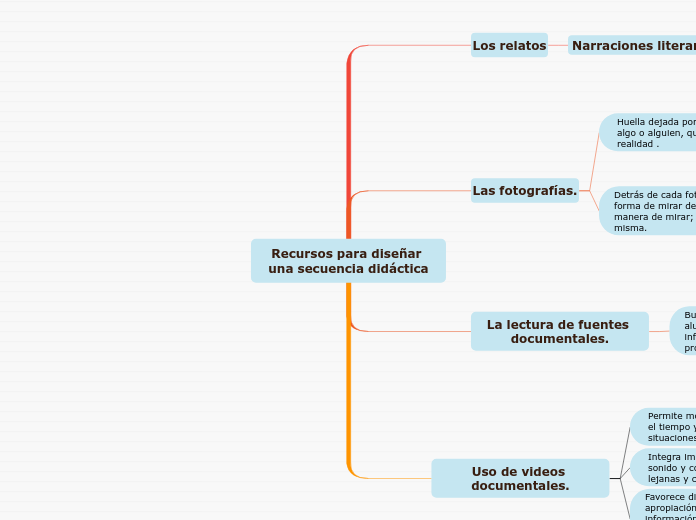by Hilda Magui Ojeda 4 years ago
259
Recursos para diseñar una secuencia didáctica

by Hilda Magui Ojeda 4 years ago
259

More like this
The ending of a story is essential. We all know that if the ending is weak, what happened before loses its importance. So make it unpredictable, but fair. A resolved ending answers all the questions and ties up any loose threads from the plot.
This is the moment when the main character surpasses the last obstacle and finally faces their greatest challenge.
The climax usually follows one of these patterns:
Type in your answer.
Además debe advertirse quien anuncia los textos, desde donde lo hace, a quienes está presentado, cómo lo hace.
The middle of the story is where you add layers of complications that will lead to the end. Reveal more about the character's journey. Did their personality go through changes? How did they overcome the challenges? And as you build up the story’s central conflict, make it more personal to that character. Also, from the middle act, you have to lead into the final act.
There wouldn't be any tension and excitement in your story if there weren't any obstacles in your character's way.
Why does your character need to confront this challenge? What does he/she expect to accomplish by solving it?
See a few examples:
A story is nothing more than a character overcoming a series of difficulties to reach the desired goal. Obstacles usually create suspense and conflict. In overcoming obstacles, there is growth: weak becomes strong; hatred turns into love; sadness into happiness; wrong into right; lies into truth; or evil becomes good.
See a few examples below:
Your character(s) need(s) motivation in order to solve the challenge(s).
In the beginning of the story (or the exposition), you will need to introduce the setting and characters. You might also want to introduce the main conflict. This part of the story is important because it gives the reader necessary background information and maybe even a first insight into a character’s personality.
Characters are essential to a good story. Usually, the protagonist(s) is/are the most affected by the plot. Introduce a character by focusing on their actions, interests, and occupation, as the physical appearance doesn't make a difference in most cases.
Type in the name of your character.
Lectura de textos individual o colectiva
Which traits best describe the character's personality? Choose more if necessary:
A fin de generar espacios de conversación entre alumnos, mediante la guía del docente.
Conversaciones e interpretaciones
Choose the type of your chacter:
Estas permiten generar un espacio de intercambios de significados.